Your skull has 24 bones in it when you’re born and 22 by the time you reach adulthood. When you’re dead, your life can be read from the skeleton you leave behind: It’s constantly remodelling and fusing – recording diseases, diet, periods of stress. Los Angeles-based photographer David Orr has been photographing skulls in the Mütter Museum in Philadelphia, then mirroring half of the image, with all of the skull’s oddities and history, to explore aesthetic and cultural ideals of perfection and symmetry.
The project is called Perfect Vessels.
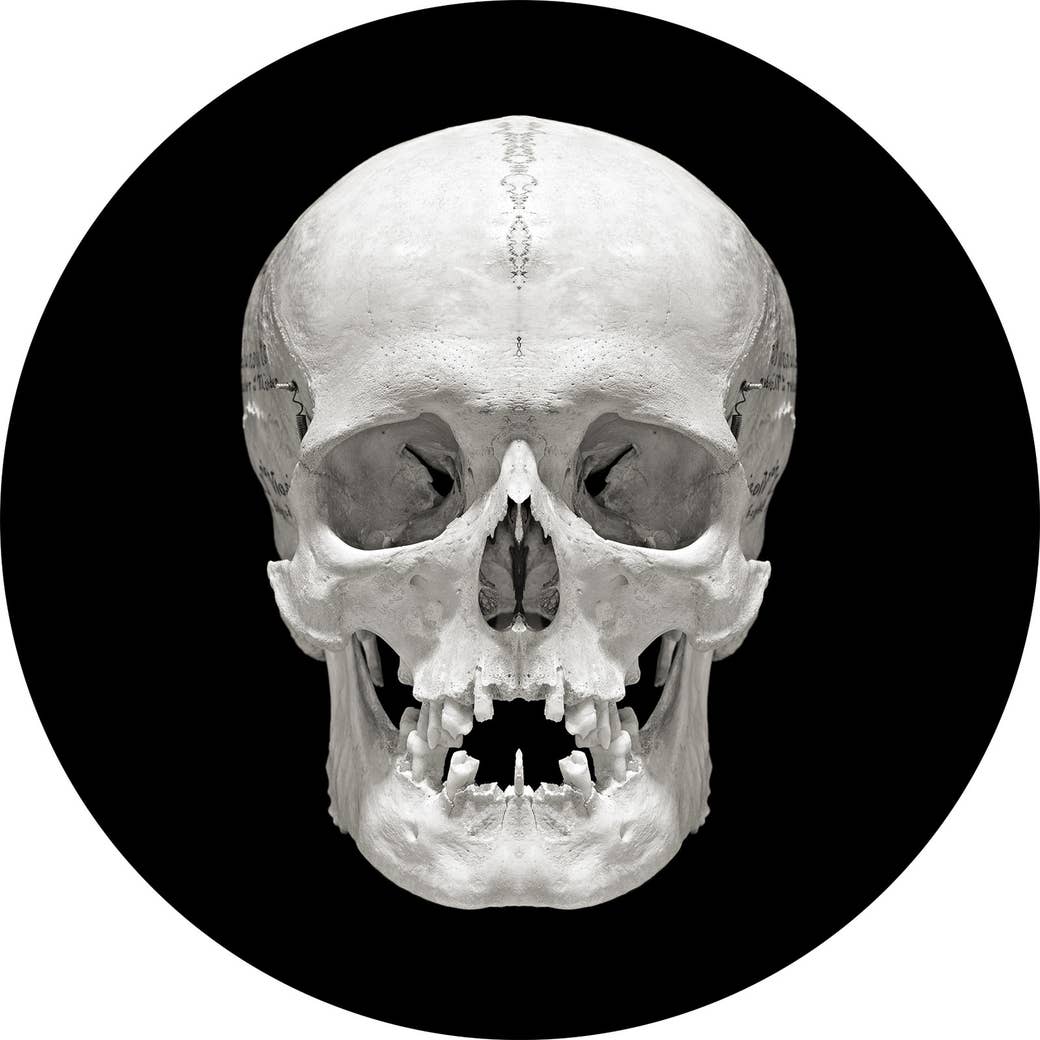
Orr told BuzzFeed: “The variation between skulls is infinite. Just as no two faces are absolutely identical in shape, neither are any two skulls. To me, a human face with all its idiosyncrasies is ultimately more fascinating than a balanced one, so I suppose I have a different standard for what works in life as opposed to art.
“With the Perfect Vessels project I get to have it both ways: By repeating the imperfections, I get closer to perfection.”
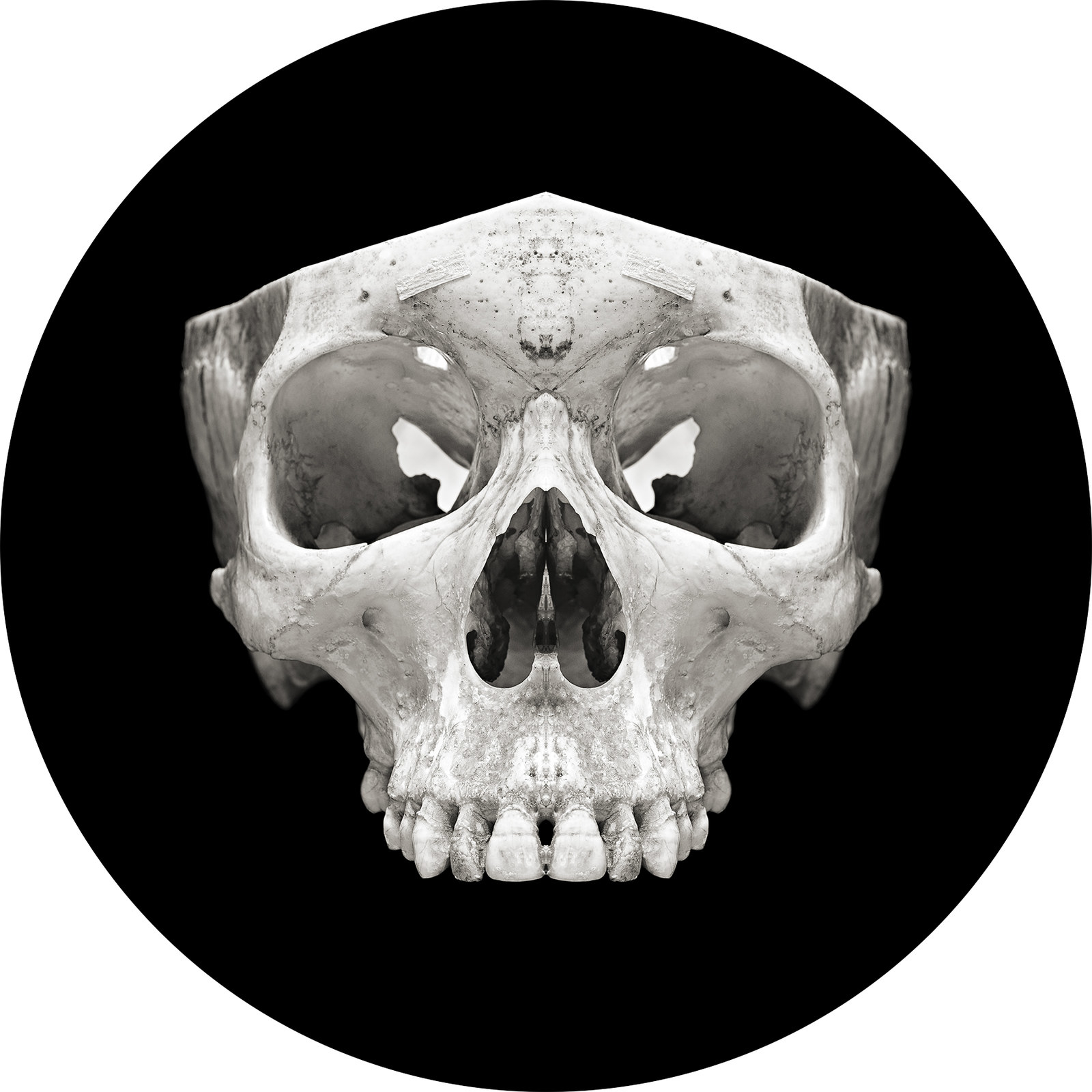
“There’s a great study (Symmetry and Human Facial Attractiveness) that goes into detail showing that people with more symmetrical faces will earn more, are more likely to be chosen as sexual partners, are considered to be more trustworthy, and so on. It has primarily to do with symmetry being an indicator of good health. I was told that if a physician can see asymmetry from ‘the end of the bed’ then the patient is in the weeds. Well, all the skulls in this museum belonged to people who had rare medical conditions or died early, so you can imagine."
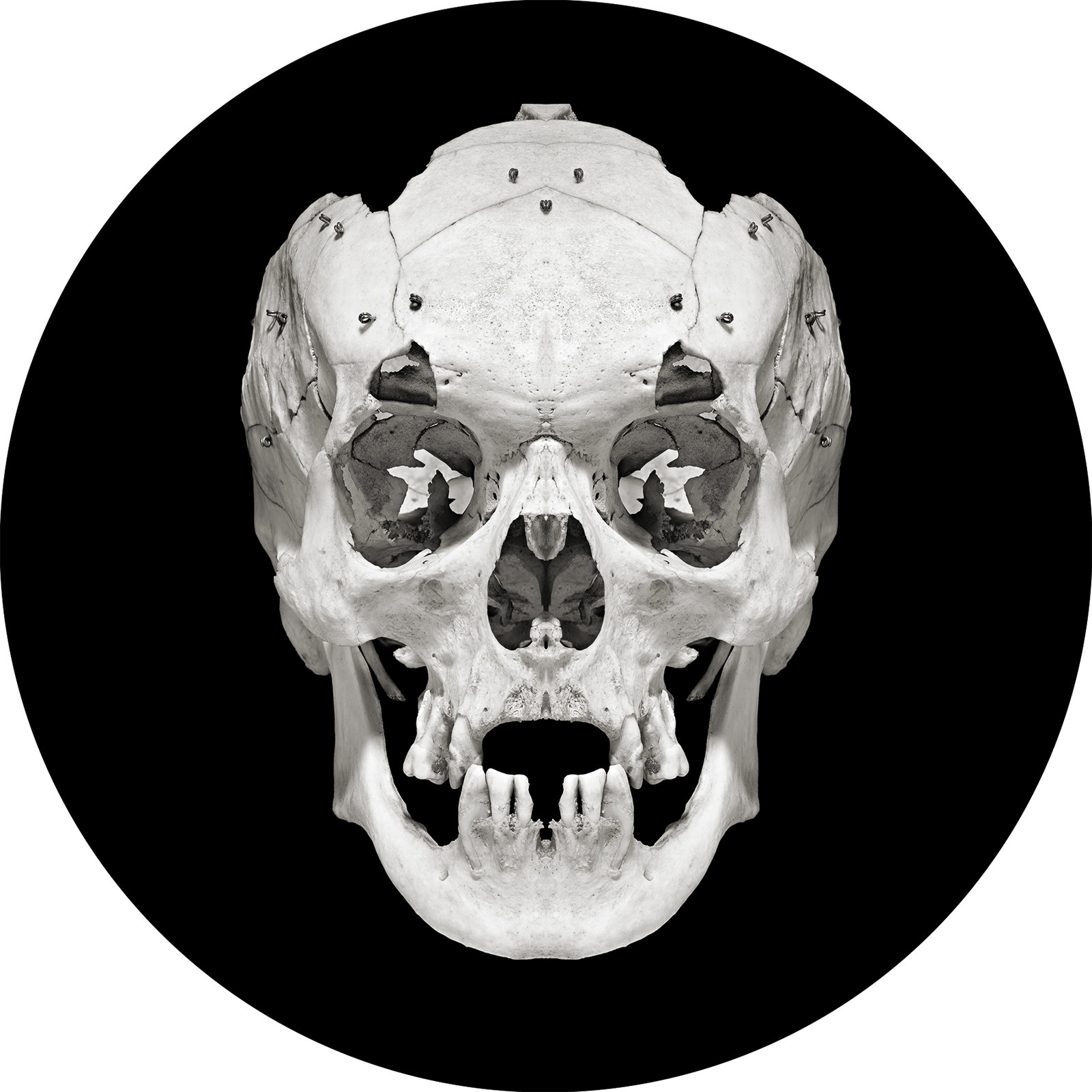
“But we are rarely, if ever, perfectly balanced. And it does look weird if you make a face perfectly symmetrical. We pick up on the falseness immediately: Studying faces is a large part of our daily experience, and we are uniquely adept at it. In the case of skulls, however, they are part of our understructure and not as common a thing to see in daily life, so there’s more leeway.”
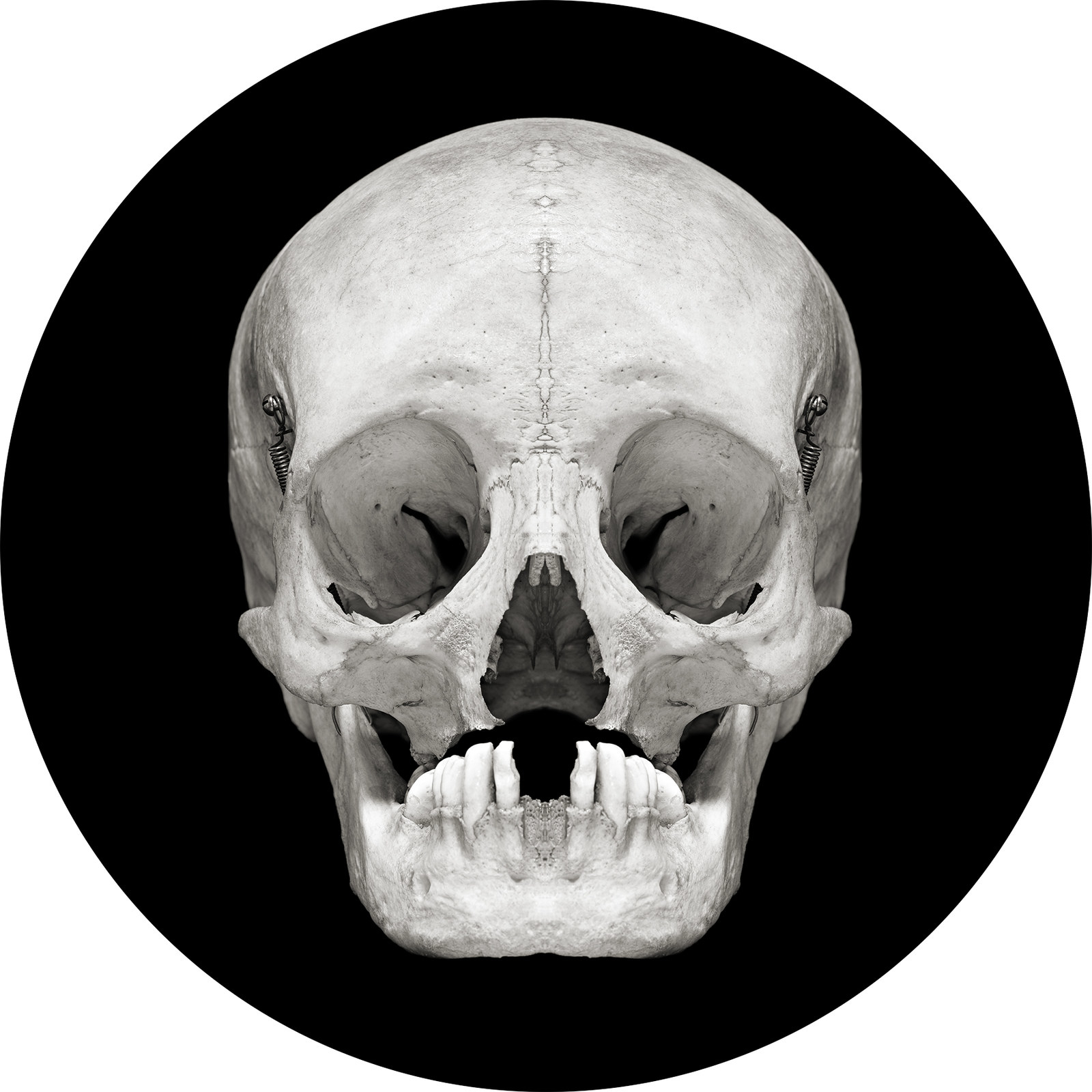
“One of the most fascinating things I discovered was the longstanding link between skulls and drinking vessels. I learned that skulls have been used as cups, chalices, and bowls for centuries. Warriors drank from the skulls of the vanquished to underline their supremacy. Monks sipped from Tibetan kapalas (ornate skull-cups) to reinforce the idea of life’s transience."
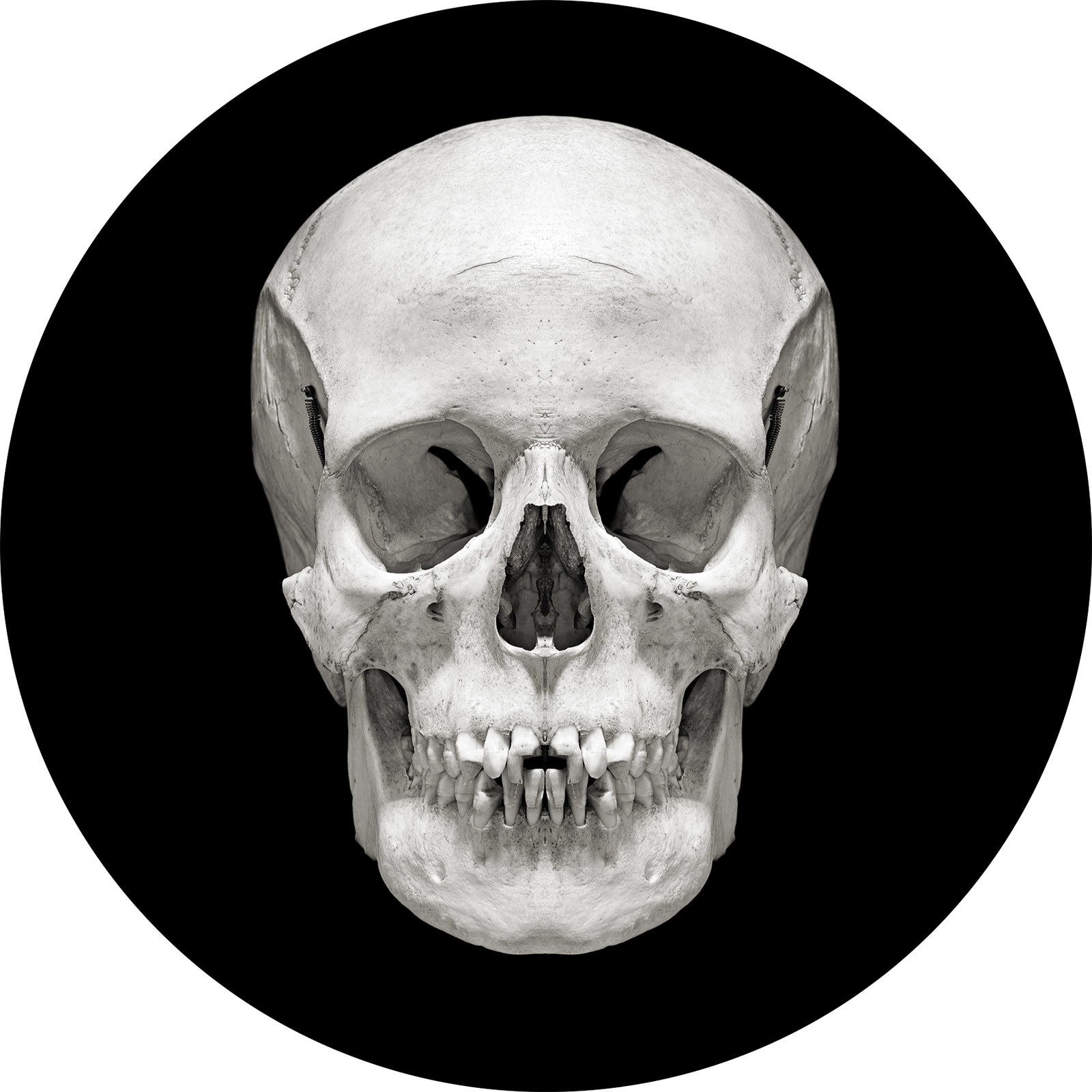
“There are amazing linguistic links where words for ‘skull’, ‘cup’, and ‘bowl’ are often identical: ‘Noggin’ originally meant ‘cup’. Lord Byron drank from a cup he’d had made from the skull of a monk found on his property and wrote a poem about it ('Lines Inscribed Upon a Cup Formed From a Skull', 1808).”
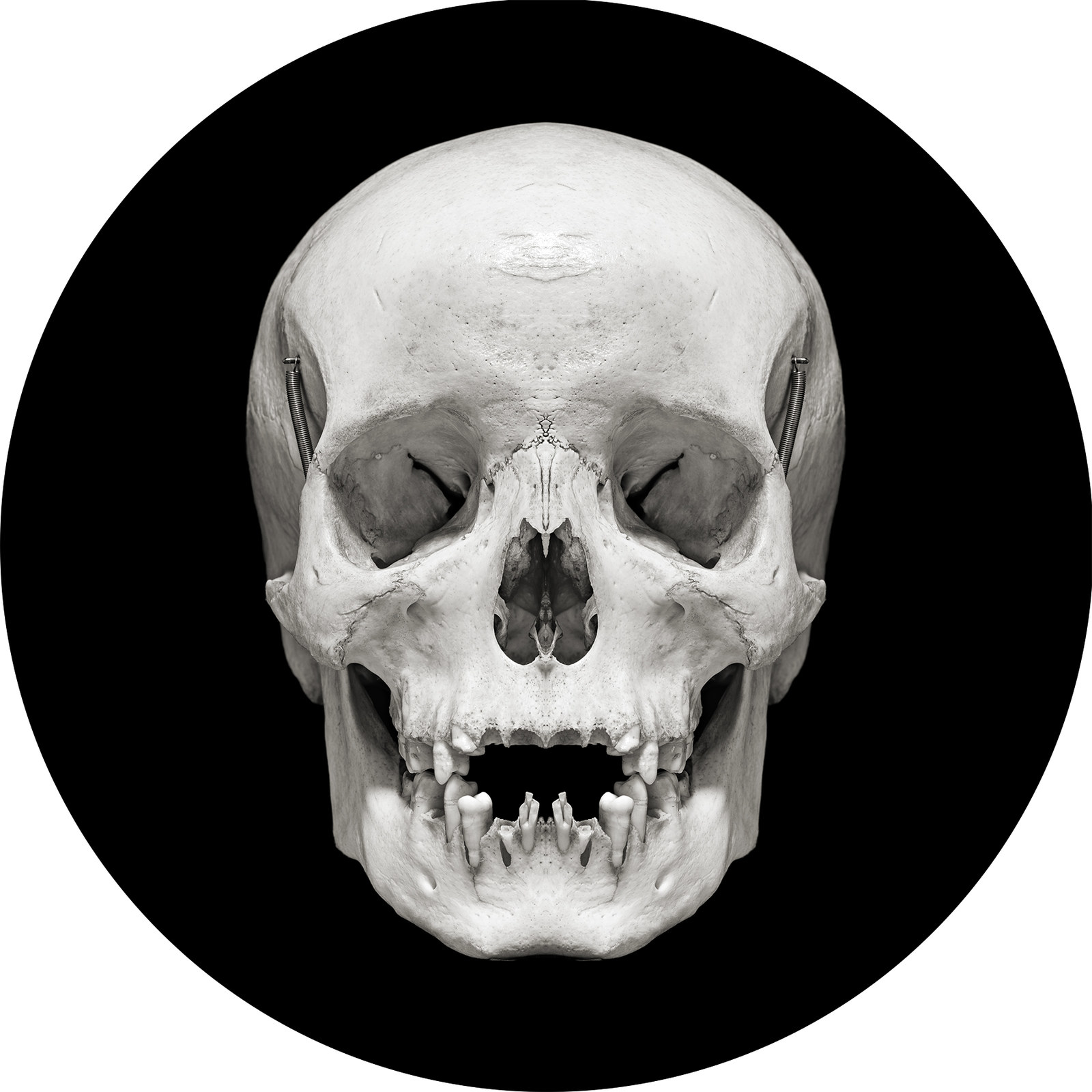
“I also learned that areas of the skull have for centuries been considered auspicious in Eastern thought. The sagittal suture, at the top of the head, is known as the Aperture of Brahman and is the portal through which your prana or life energy flows when you finally break the cycle of reincarnation. That’s the reason cremation has retained its popularity in India: They feel the the heat helps crack the skull open to aid release. Because my images match at the centre, these areas are often stylised, looking even more like true apertures.”
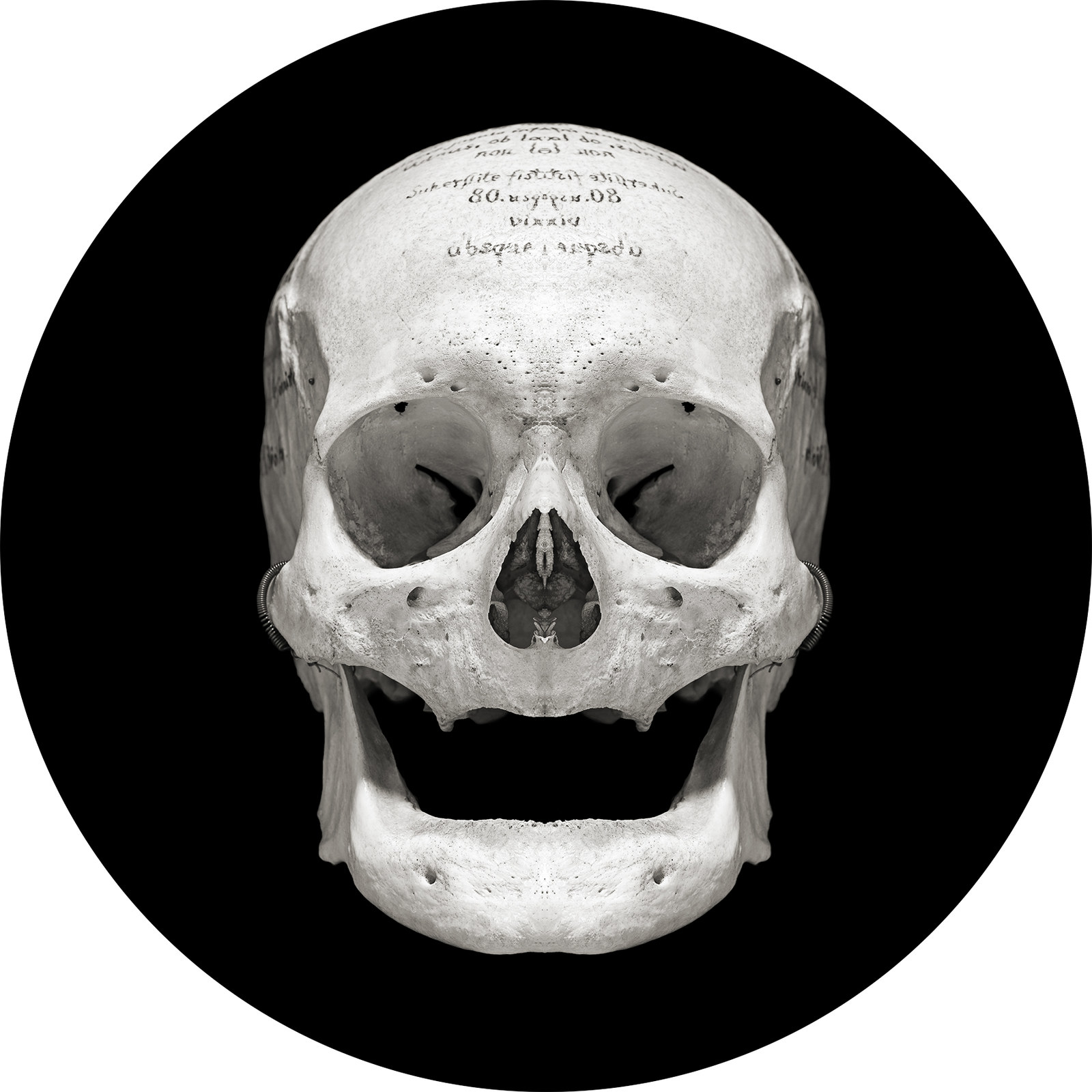
“A funny thing began to happen as I worked on this project: I began to visualise the skulls beneath the faces of people I’d come across in daily life. During conversations, while passing people on the street, seeing people on the train, I was thinking about what each person’s skull looked like and how it influenced the shape of their face. Eventually it felt like that was all I was seeing.”
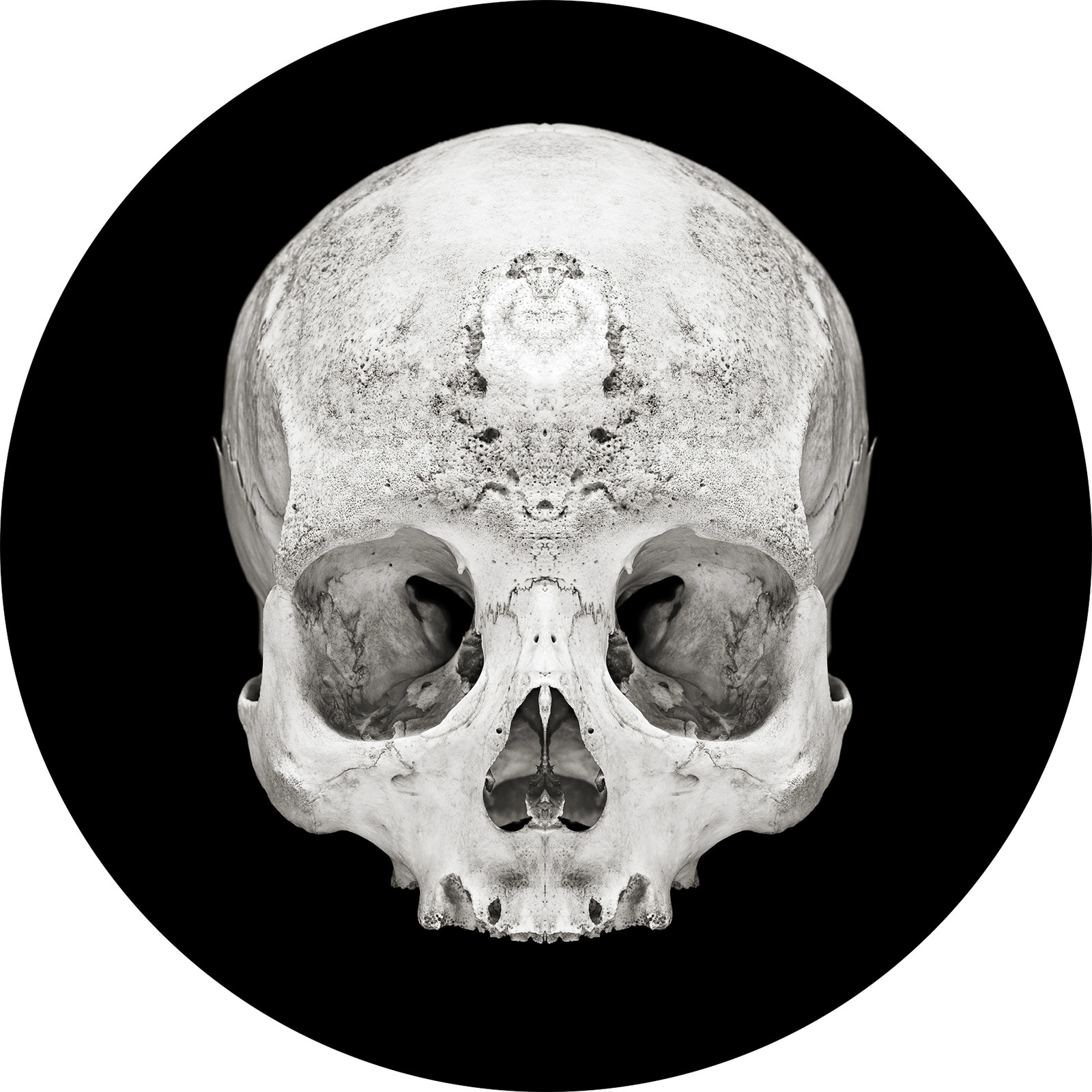
“I felt a lot of relief when a Mütter staffer who’d been cleaning and restoring these skulls for the better part of a year asked if this had started to happen to me yet.”
